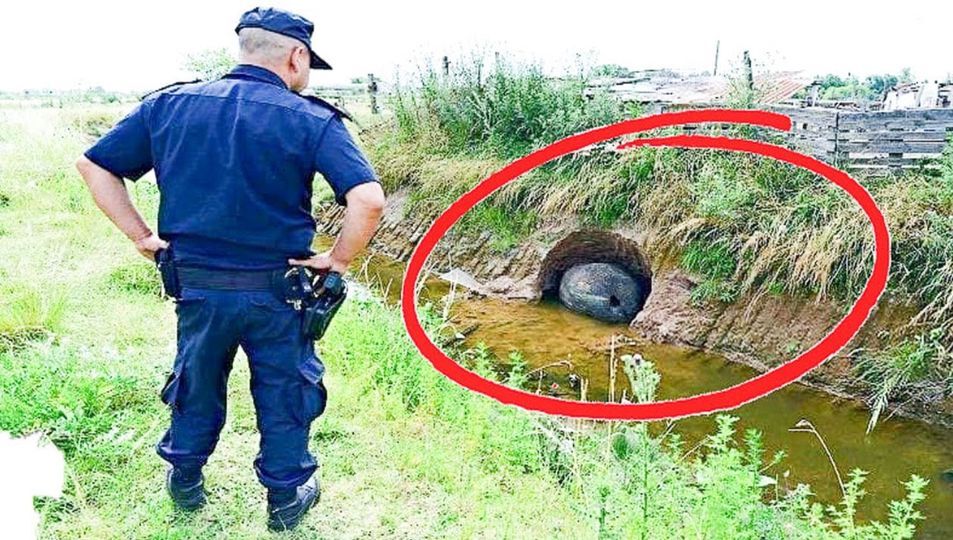A picturesque scene straight out of a rural dream, a farmer in Buenos Aires stumbled upon a discovery that would send shockwaves through his quiet neighborhood and captivate the attention of scientists worldwide. Jose Antonio Nieves, a humble farmer, embarked on a routine Christmas Day walk with his faithful canine companion, unaware that he was about to unearth an extraordinary relic that would rewrite history books.
As Jose meandered along the riverbank adjoining his property, something peculiar caught his eye amidst the muddy waters. Wedged in the riverbank was an object resembling a colossal black egg, shrouded in mystery and intrigue. Ignited by curiosity, Jose embarked on a mission to unearth the enigmatic artifact, a task that would ultimately require reinforcements.
With the help of his incredulous wife and the local authorities, Jose diligently excavated the object, gradually revealing its immense size and peculiar features. The discovery sparked a flurry of excitement and speculation, attracting crowds of curious onlookers and prompting the intervention of archaeologists and scientists.
After hours of meticulous excavation and examination, the truth behind the mysterious object was finally revealed. It was identified as a shell or armor belonging to the prehistoric behemoth known as the glyptodont. These ancient creatures, resembling oversized Volkswagen Beetles, once roamed the lands of South America over 10,000 years ago.
